






Charles Jeffrey, London’s ultimate club kid, marks a decade of his Loverboy brand with a solo exhibition at Somerset House
The creativity of emerging labels is what keeps the fashion market alive. However, transforming a small project into a strong brand is increasingly challenging, even when critics, journalists, and celebrities are on your side. How to achieve this? The latest exhibition at London’s Somerset House presents an intriguing case history, showcasing the work of Charles Jeffrey, the UK’s ultimate club kid, celebrating a decade since he launched his gender-fluid fashion house, Loverboy.
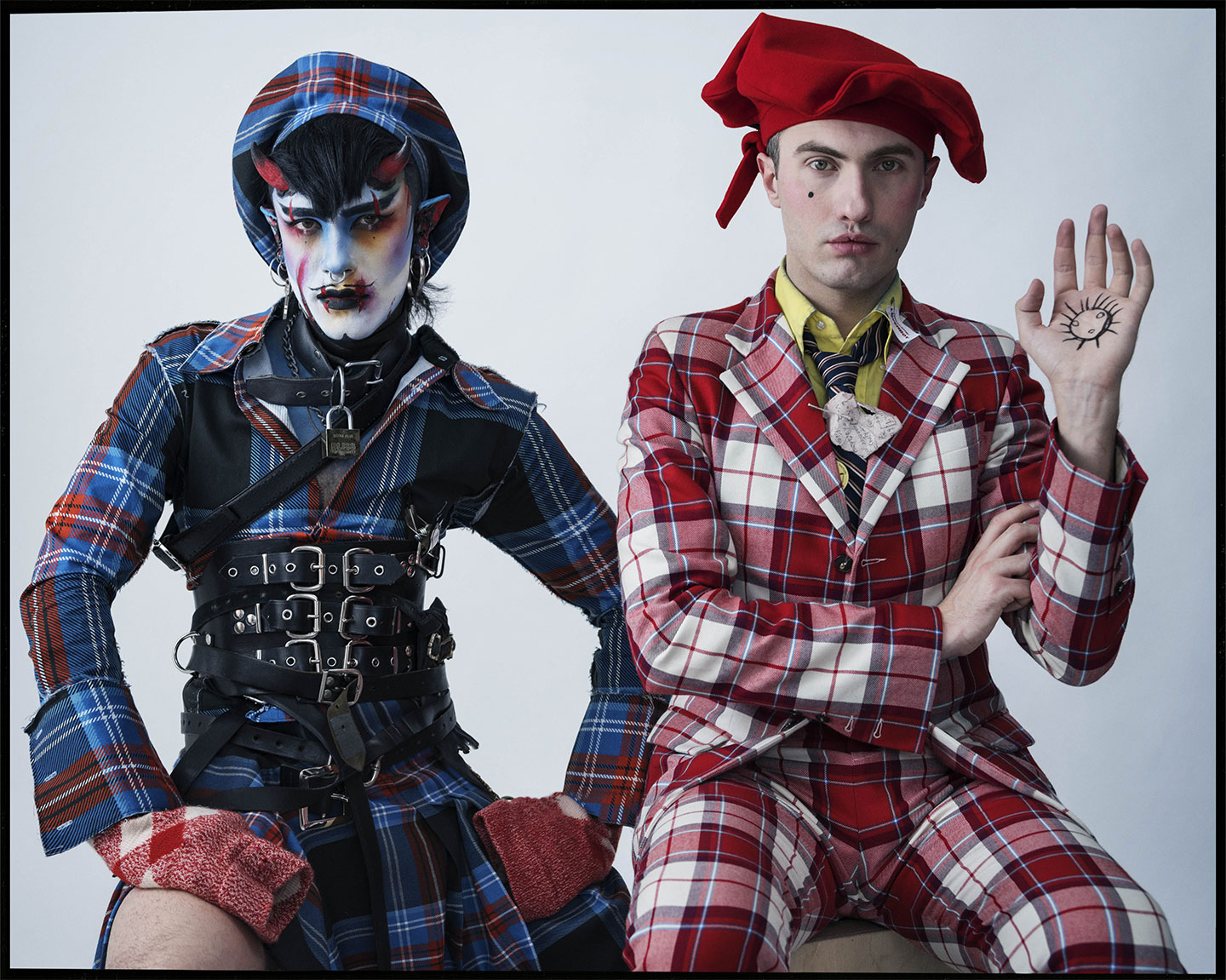
Photo by Tim Walker. Courtesy of Somerset House
Loved by the likes of Harry Styles, Charli XCX, Tilda Swinton, and K-pop star Mino, Glasgow-born designer Charles Jeffrey turned a club night sensation into an established powerhouse. In 2014, while studying fashion, he launched Loverboy, a monthly club night at Vogue Fabrics in Dalston, to fund his education. The creativity that blossomed during these nights laid the foundation for his fashion label. Inspired by his peers who defied conventional norms at his events, Jeffrey was determined that Loverboy would not become just another traditional menswear brand. And so he did, “radically ripping up the fashion rulebook,” as Somerset House puts it.
After establishing the roots of his once fully independent brand Loverboy (which saw a sizeable minority stake acquired by Tomorrow, the showroom-turned-brand accelerator, in 2021), Charles Jeffrey catapulted onto the British fashion stage. The momentum quickly built, transforming Loverboy into an international sensation. Consider Loverboy’s signature chunky-eared beanies—these whimsical, comic-inspired accessories took TikTok by storm in 2023, the Year of the Rabbit, becoming a commercial hit and rocketing the brand into the stratosphere of social-friendly fashion.
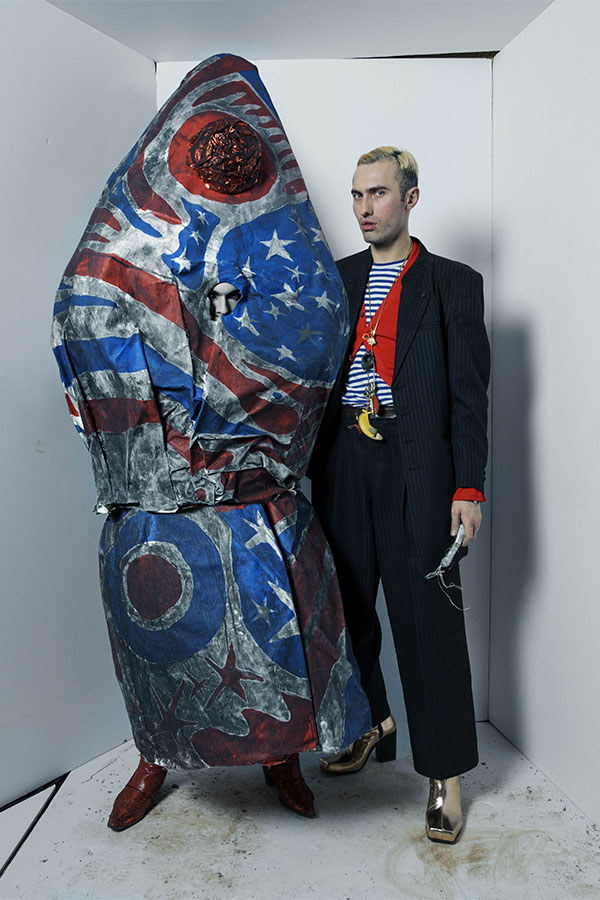
Photo by Tim Walker. Courtesy of Somerset House
“The Lore of Loverboy” exhibition at Somerset House explores the brand’s journey from its inception to the present day, divided into three distinct spaces – Initiation, Ritual, and Manifestation. Open daily from 10 am to 6 pm, the exhibition runs until September 1 on a “pay what you can” basis. So don’t walk, but run to the Terrace Rooms of the building’s South Wing. Before you do, make sure you’ve had your fill of food for thought by learning all the juicy details of this visionary’s story in the article below.
A Brand and Its Rules in (British) Fashion
When you hear about the background of a British fashion designer, it’s often the case that their creativity was forged in the fire of a London cult club scene. Take the legendary Alexander McQueen, for instance; East London’s club culture was a melting pot of music, style, and art. Fast forward 20 years, and Scottish-born designer and illustrator Charles Jeffrey relocated from Glasgow to London’s fashion hub. Starting with a monthly club night called Loverboy, he crafted an entire universe of unapologetically gender-fluid designs, scaling the dizzy heights of success.

Photo by Tim Walker. Courtesy of Somerset House
Sarah Mower for US Vogue describes Loverboy as “the upholder of all that is human, creative and cheerful about British fashion.”
How a Personal Project Became an International Fashion Powerhouse Showing Worldwide
On its official website, Loverboy describes itself as “a creative force springing forth from the mind of Scottish visionary Charles Jeffrey... that continues to build on its stellar start in the fashion industry.”
As Loverboy prepared for its debut at Milan Fashion Week in January 2023, where it showed alongside JW Anderson, Etro, and Prada, a spokesperson from Tomorrow remarked, “After carving out a name on the underground club scene, Charles Jeffrey aims to be known for more than just parties and merch. With Tomorrow as a new backer and an unexpected mentor in Marni’s creative director Francesco Risso, the goal is to grow the Charles Jeffrey Loverboy label into a global business, with sales of £5 million by the end of 2023.”
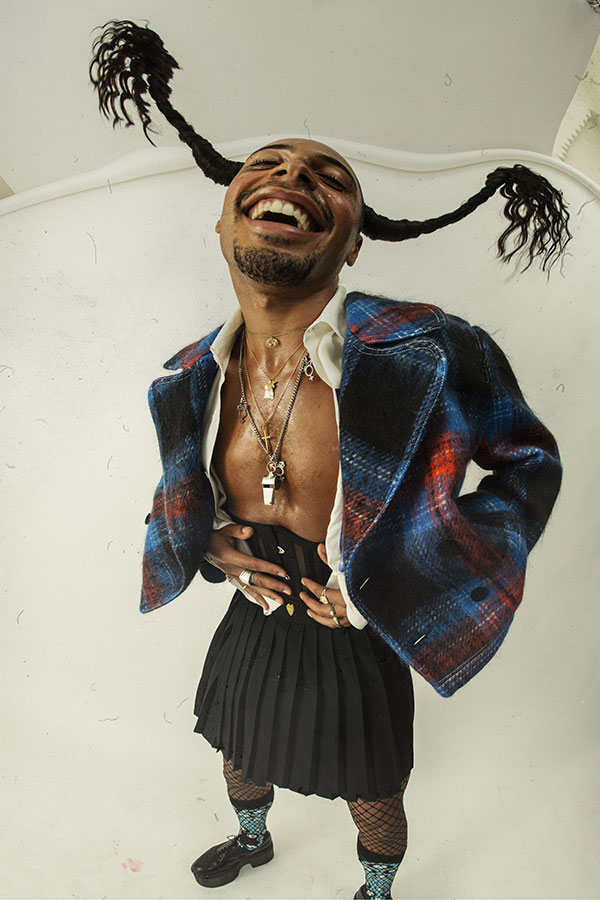
Photo by Tim Walker. Courtesy of Somerset House
The brand’s strategy aimed beyond London’s fashion scene to come across as a bigger and more trustworthy brand,” Charles Jeffrey told BoF, addressing the decline in London’s menswear visibility.
But to celebrate its first decade, Charles Jeffrey and his Loverboy crew returned to London for a grand spectacle, taking over the courtyard of Somerset House with what Vogue Runway described as “a big, noisy, all-singing, all-dancing takeover.” Beth Ditto delivered a powerhouse performance, belting out Patti Smith’s “Gloria” from a balcony, accompanied by the Somerset House choir, while Jeffrey’s eclectic entourage frolicked, twirled, and showered everyone with rose petals.
Jeffrey’s knack for networking and cross-industry collaboration has enabled Loverboy to expand its reach globally, leveraging creative projects to boost revenue. By sidestepping exclusivity, Loverboy focuses on a direct-to-customer approach while still aiming to hit its wholesale targets.
From London’s Underground to Mainstream Exhibition: Loverboy’s Decade of Fame
This year, Somerset House is honouring Charles Jeffrey, one of Somerset House Studios’ original residents, with a new exhibition, “The Lore of Loverboy,” to mark a decade of his brand’s influence on British fashion.
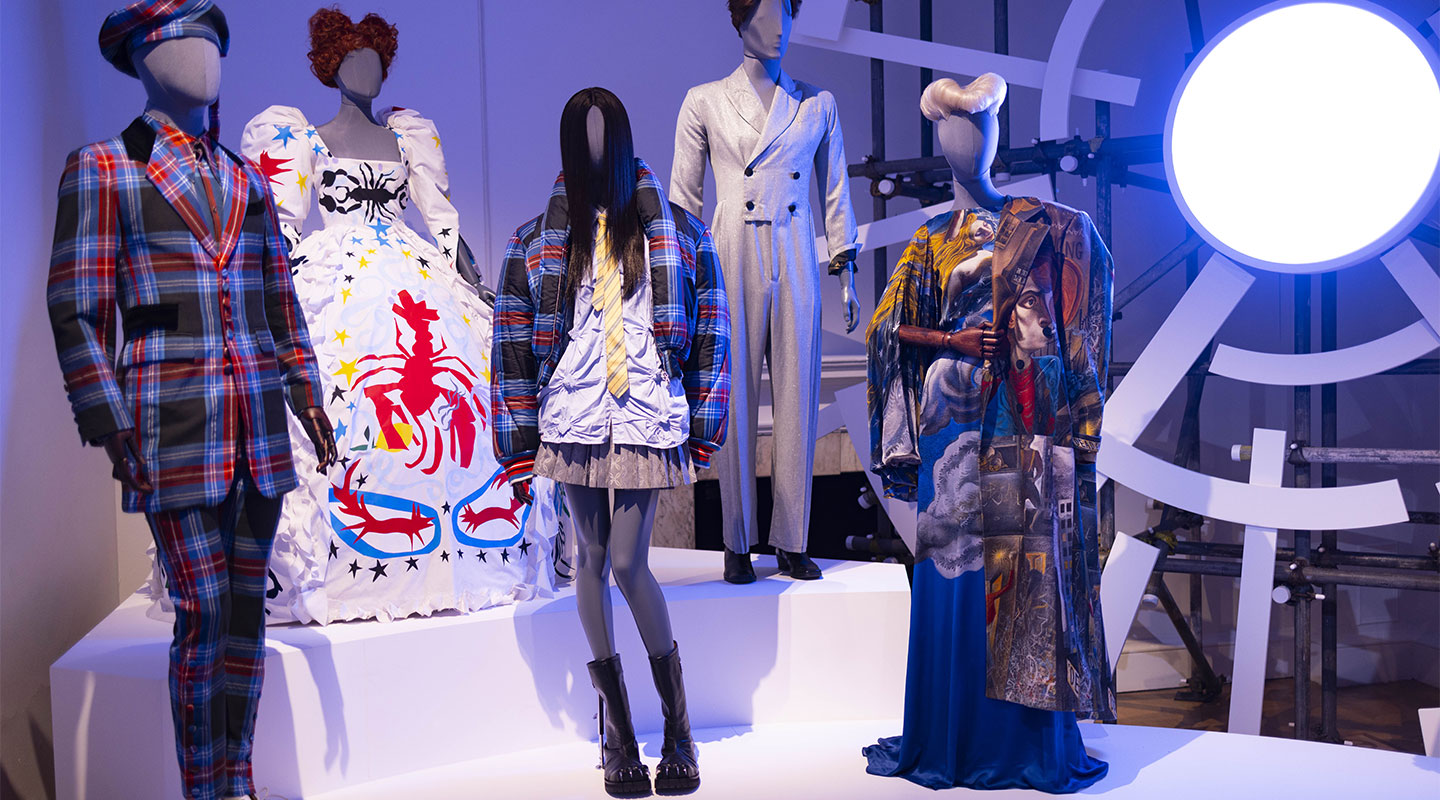
Somerset House is honouring Charles Jeffrey with a new exhibition: “The Lore of Loverboy”. Photo by David Parry. Courtesy of Somerset House
Charles Jeffrey “is one of the British fashion industry’s most vibrant ambassadors, living proof that you can still do it yourself and soar in a class of your own,” says Bunny Kinney, co-curator of the exhibition. Kinney promises the exhibit “crucially considers the cultural context in which Jeffrey founded the brand as a young queer Londoner in the noughties—one who sought solace in chaos and creativity.”
The exhibition showcases a decade’s worth of treasures, from the early creations defining Jeffrey’s signature Loverboy style to newly commissioned works, sketchbooks, and portfolios filled with research and inspiration drawn from music and the arts.
“The Lore of Loverboy” also pays tribute to Loverboy’s most extravagant designs. Featured are bespoke pieces and one-off runway stunners, including the legendary silver jumpsuit (2017) worn by pop star Harry Styles and the custom-made outfit designed for actress Tilda Swinton for The British Fashion Awards 2022.

Somerset House is honouring Charles Jeffrey with a new exhibition: “The Lore of Loverboy”. Photo by David Parry. Courtesy of Somerset House
Ten Years of Loverboy: A Fashion Show to Remember
At London Fashion Week Spring-Summer 2025 last June, Charles Jeffrey proved that Loverboy can still deliver a wild, joyfully unique spin on British style. From stripped-down pyjama suits and banana rain boots skewered by a heart-shaped arrow to the ever-iconic chunky-eared beanies, the collection was anything but ordinary.
View this post on Instagram
“The look was club kid meets Lewis Carroll,” reported The Guardian. Indeed, the Alice in Wonderland reference was hard to miss in the show’s grand finale, where supermodel Erin O’Connor glided through the Somerset House courtyard in a maximalist dress destined to be remembered for years to come.
So, what on earth is Loverboy style?
So, what on earth is Loverboy style? It’s a bit of a puzzle. If John Galliano was his fashion idol, video games and the fantastical world of The Lord of the Rings were his childhood escapades. Charles Jeffrey is a maximalist, blending art, magic, and London’s nightlife scene with Scotland’s rich textile folklore to create fashion that feels like a dreamscape.
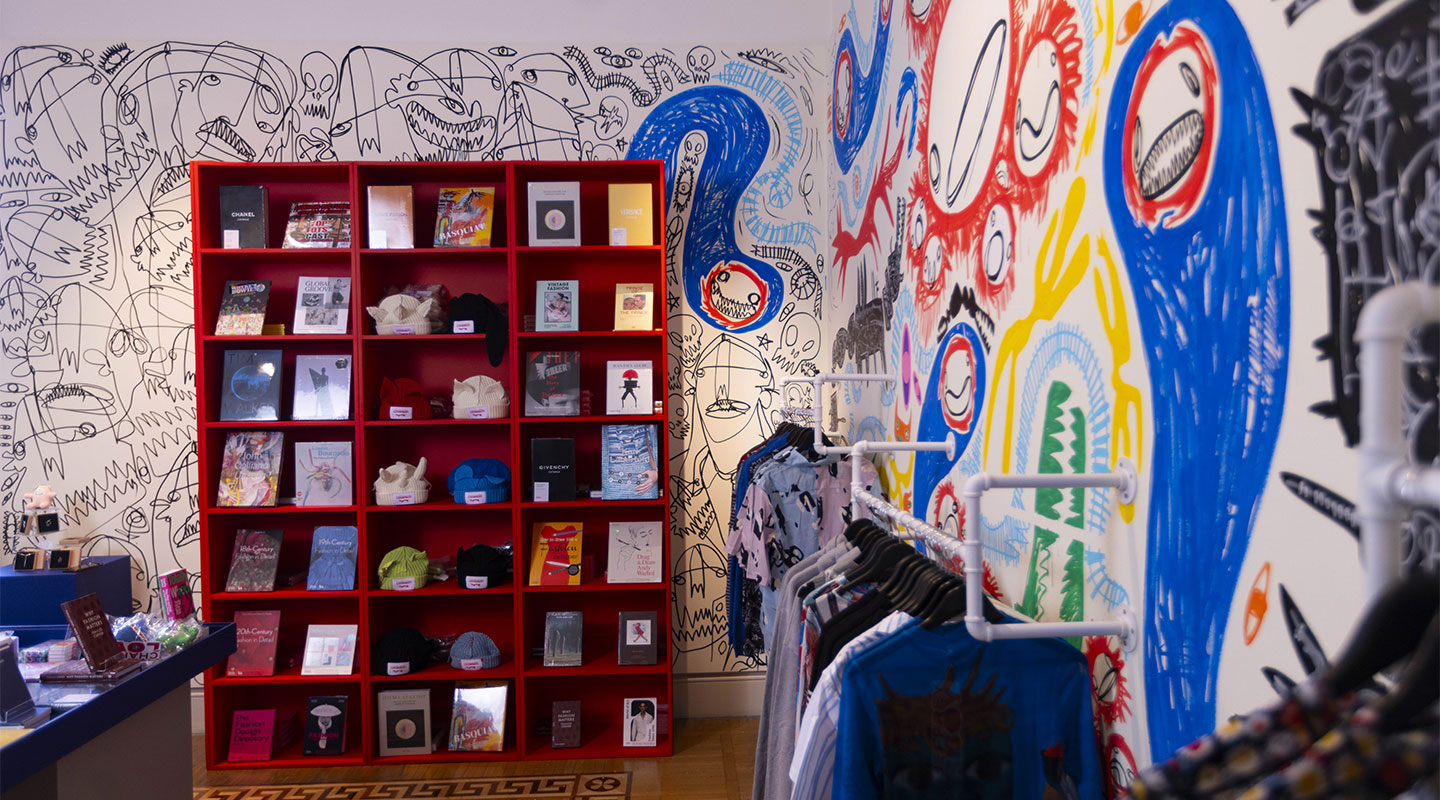
Loverboy shop. Photograph by David Parry. Courtesy of Somerset House
“I’m Charles Jeffrey, I’m not Alexander McQueen, I’m Charles Jeffrey, I’m not Gareth Pugh. I’m Charles Jeffrey, I’m not John Galliano,” he declared on the BoF podcast with BoF founder and editor-in-chief Imran Amed. “I have a unique way of looking at fashion, and I want to nurture that and see it through to its end.”
